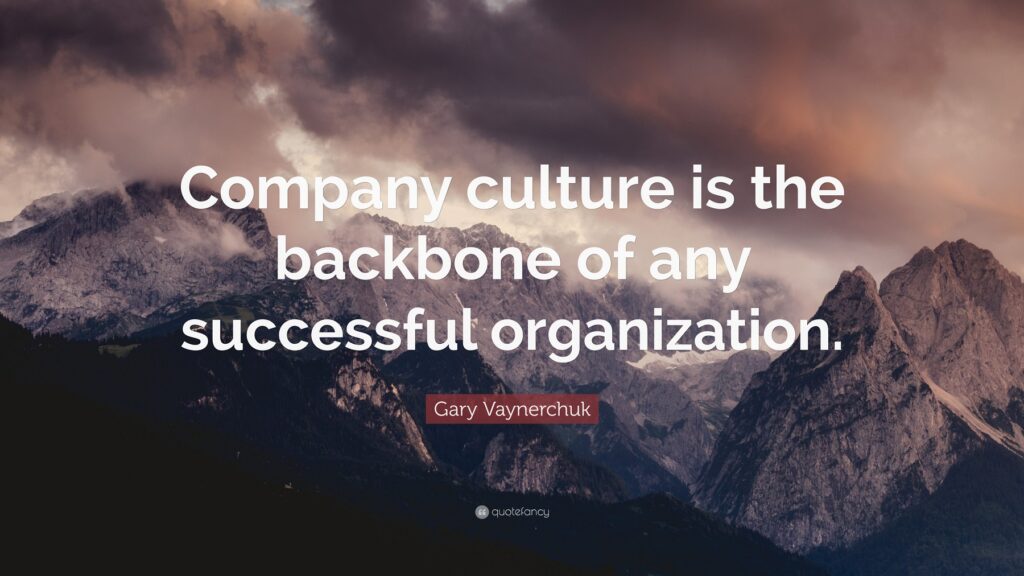8 Awesome Things to Do to Raise Your Employee Engagement Curve

Among modern entrepreneurs, company culture is currently one of the hottest issues. It started as corporations face unanticipated pressure to keep their employees motivated.
It’s one thing for business owners to be concerned about the production and promotion of their merchandise or services. It is another that they must go above and beyond in terms of company culture and employee engagement to keep staff on board.
Trends on Employee Engagement Curve
There have been statistics on employee engagement indicating the importance of a positive work environment for business success. A whopping 82% of those polled perceive that fostering a healthy organizational culture can give companies a competitive edge. As such, experts recommend boosting employee engagement.
Another finding is that 86% of applicants avoid companies with a negative image of workplace management. Reputation always matters. Most job seekers, especially the top talents, seek the best place to work for the long haul. This goes to show that company culture is crucial for organizations whose goal is to improve employee retention.
What Employee Engagement Truly Means
Employee engagement means more than just “happy employees.” As much as benefits, compensation, and job security all play a huge part in securing job satisfaction, keeping employees engaged and motivated requires a holistic level of mental and emotional well-being. These factors are crucial in encouraging workers to invest their talent and energy in their role within the organization.
When an employee is genuinely engaged, it will manifest in their motivation and efforts to bring success to their employer. It becomes evident by the way they give their best at work. This determines the difference between employee satisfaction and employee engagement. Navigating the initial stages of applying for your first job can be both exciting and daunting, laying the foundation for your long-term employee engagement trajectory. Some would even argue that a satisfied employee will not go the extra mile as an engaged employee does.
The Importance of Employee Engagement
A business must consider implementing complete employee engagement programs to attract and retain top talent. But before accomplishing that, business owners must first consider what employee engagement entails. Financial tips for WFH employees can help maintain a positive employee engagement curve by reducing stress and increasing motivation. Engaged employees show a great deal of drive, energy, and enthusiasm. When they are motivated, they tend to do their work more quickly and efficiently.
According to John Baldoni, a storied leadership educator, and Harvard Business Review contributor, “Employee engagement works toward securing higher levels of productivity and so much more.” He also asserts that employee engagement happens when people become excited about coming to work, learning more about their jobs, and understanding how their efforts contribute to the organization’s overall success.
8 Ways to Raise Your Employee Engagement Curve
Most employee engagement strategies to have similar goals, such as making employees feel valued and emotionally connected to their work. With that being said, here are the best practices in employee engagement.
1. Create a collaborative mindset
Employee engagement is not a responsibility reserved exclusively for leaders and managers. Every employee in a company can have a key function in ensuring that everyone is engaged. You just have to figure out how each team member can contribute.
Promoting employee job satisfaction and engagement requires an environment where employees feel valued. As a result, employees take a proactive approach when they recognize a problem or opportunity. Online education has been used to provide continuous learning opportunities for employees, helping to maintain employee engagement and satisfaction levels. Satisfied and engaged staff also appreciate working with colleagues who adapt to difficulties or critical situations, as well as those who persevere amid workforce setbacks.
These indicate how crucial it is for employees to realize they are part of a team that’s committed, agile, and goal-oriented. Employees who are encouraged to think outside the box and solve problems within their teams rather than relying on management direction cultivate a culture of camaraderie more effectively.
2. Utilize smart onboarding
Getting your new hires off to a good start will increase their likelihood of staying with the company. A well-designed onboarding process guarantees a new employee’s initial impression of your company is favorable.
Helping newbies succeed requires more than just making a good first impression. It necessitates a personalized onboarding strategy that is targeted to the employee’s needs, role, and performance goals. In a nutshell, you must help them grow and show them how to succeed over their first few weeks or months as a member of the company.
3. Emphasize respect
Apart from eliminating racism and promoting gender equality and other human rights advocacies, you must take the time to understand how your staff prefers to communicate. Instead of trying to make employees adapt to outdated policies, meet them halfway by adapting your communication style to theirs.
This is also how you emphasize respect for them. You can tell that an employee is engaged when they are confident in expressing their opinion, regardless if it’s negative, knowing they will be heard. This is the most effective approach for businesses to learn about problems immediately, but it will only happen if employees believe there will be no negative consequences for speaking out.
4. Examine your organization’s ongoing engagement measures
You could start by examining your existing workforce to gain a comprehensive insight into your current talent management approaches. Retention is an accurate indicator of whether or not your employees are happy and fulfilled in their jobs, so see to it that you analyze figures on employee turnover.
A churn rate of more than 10% could imply an issue with your internal processes. You might want to initiate an employee engagement survey as soon as possible to identify where you’re going wrong and how to improve your methods.
5. Set a good example
When it comes to engaging employees, providing them with meaningful work is just as important as creating a setting where they can experience engagement regularly.
It will be a struggle for any employee to stay dedicated to their work if the managers in your organization aren’t passionate about people management or aren’t enthusiastic about their own roles. Leading by example must begin with the higher-ups, who should bring the same drive and energy to their jobs, just as what they want to see among their staff.
6. Offer opportunities for continuous growth
After an employee has been trained in their role, their development should keep going. Employees who are regularly challenged and upskilled at work tend to be more engaged than those who aren’t.
This progress does not have to be limited to the form of prescriptive learning. Allow employees to hone their talents in ways that they learn best, from attending conferences to meetings and hackathons. The idea is to equip people with the tools and chances for self-directed development rather than random training opportunities.
7. Apply recognition strategies
It’s human instinct to desire rewards for doing things well; we all feel good about being recognized for a job well done. Rewards and recognition show your employees that your company values their actions and wants them to succeed, resulting in higher job satisfaction and loyalty.
Employees who feel appreciated and valued will likely stay with you for the long haul. Therefore, strategic employee appreciation programs should be a key component of your overall employee retention and engagement strategies.
8. Highlight a rewarding career path
Employees who have been stuck in one job for a long time may be looking for a new job where they can advance. Most people aim to increase their skills and knowledge to grow in their careers. Employees gain a sense of direction and purpose when a planned career path is presented to them.
Outline a career path for your staff. Make them understand the heights they can reach from their current position — whether it’s an upward or lateral trajectory. You may also provide additional responsibilities in their present role for better compensation. Showcase whatever it is that offers an opportunity for advancement.
Company Culture and Employee Engagement: The Ties That Bind

Employee engagement and company culture are intrinsically linked. When measured by performance metrics, employee engagement can be reliable in determining organizational culture. Effective employee engagement initiatives also help organizations establish and maintain the business culture. Allowing employees to make their own decisions can also have a significant impact on employee engagement.
Business owners must strike a balance between properly engaging staff versus overwhelming them. Employees will become demotivated if they are given unrealistic tasks or expectations, which will eventually cause a hostile, toxic workplace culture.
Meanwhile, business managers must recognize their personnel for their accomplishments while developing new strategies to engage them. Remember, employee investment always delivers tremendous, irrefutable returns.
Wrapping It Up
Needless to say, company culture and employee engagement serve as great assets for both leaders and employees if managed well. The advantages of building a positive working environment for a company’s workforce and employee well-being are backed up by data, and it’s in your best interests to steer your company in that direction. You must ensure that your company’s culture does not deteriorate, which could cause a setback. The capacity to tap into your team’s effort is the summit of employee engagement, and it needs your true commitment to helping your employees grow professionally and personally.
